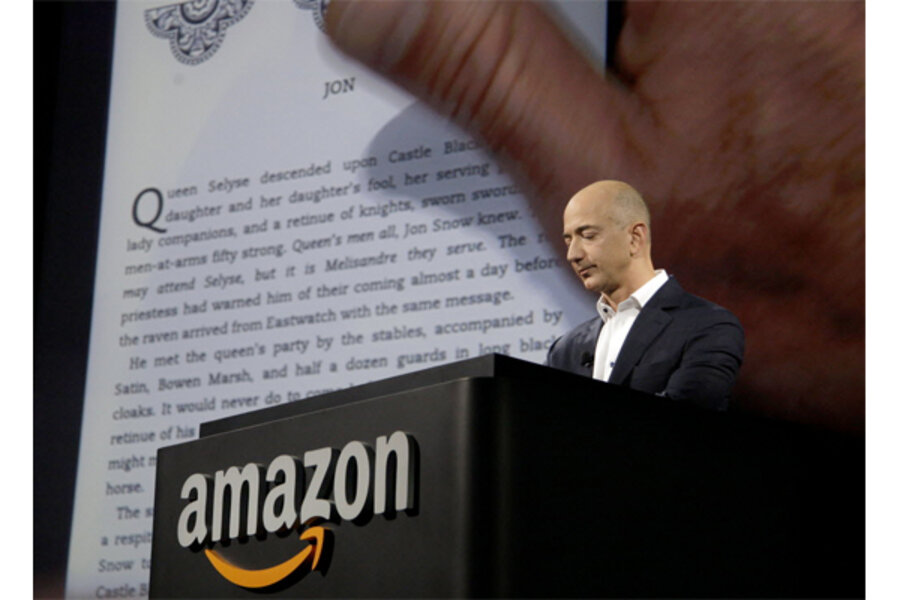Amazon's Kindle Paperwhite receives rave reviews
Loading...
The reviews are in and, by most accounts, Amazon’s Kindle Paperwhite is a glowing success.
“Amazon’s New Kindle is The Best E-Reader You Can Buy,” trumpets Business Insider, which calls it “the only e-reader you should consider buying.” “The Screen Makes it the Best E-Reader Yet,” says Time, adding in the article, “it’s a joy.” PC Tablet calls it “one of the most technologically advanced readers,” NBC News calls it “the new king of e-readers,” and TechCrunch says it’s “a reader’s dream.”
With its October release, we’re guessing Amazon is angling to get its Paperwhite e-reader on readers’ gift lists this holiday season.
Amazon began shipping the e-reader Monday. The Paperwhite comes in two versions, WiFi only and WiFi/3G. Base prices, in which readers will encounter ads, are $119 for the Wi-Fi and $179 for the Wi-Fi/3G.
We checked out more than a dozen reviews online, and, besides a few minor complaints, they were overwhelmingly positive. The most touted feature of the new Paperwhite is its improved paper-like backlit LED screen. Reviewers are praising the new screen, which uses built-in LED backlights to uniformly illuminate the screen for comfortable paper-like reading in all environments, from bright sunlight to pitch-black rooms – all with far less eye strain. Still based on E-Ink, the screen has better resolution and contrast than older models, with more sharp, crisp text.
The Paperwhite’s other features include:
• 8-week battery life
• 6 crisp, clear fonts readers can choose from, with better contrast
• 1100 books in its memory
• 1 million+ titles for less than $10
• 180,000 Kindle-only titles
• Built-in Wi-Fi which lets readers download books within 60 seconds
• Time to Read feature which tells readers how long until a chapter done
• Parental control options for kids reading
• Tools that allow users to add, edit, delete and export their own notes in the text, and highlight and clip key passages. They can also share highlighted parts of the text directly on Facebook and Twitter without having to leave the page they're on.
Unlike the Kindle Fire, which attempted to compete with Apple’s iPad and received mixed reviews, the Paperwhite is not marketed as a gadget that can do it all – it’s strictly an e-reader and by all accounts, it excels, making it a good bet for bibliophiles.
Of course, there have been some complaints. The touch-screen isn’t as responsive as what many folks with smartphones and tablets are used to, says Business Insider’s Steve Kovach. “There’s an annoying delay between the time you tap on the screen and the action happens. It doesn't feel natural,” he writes.
And like all recent Kindles, the Paperwhite comes with ads on the lockscreen, which some users find annoying. (You can pay an extra $20 to opt out.)
Some have complained about its lack of a speakers and headphone jack and have said it’s not entirely comfortable to hold.
But by and large, reviewers are unmistakably smitten.
“Forget Everything Else, This is the E-Reader You Want,” says Gizmodo.
Decide for yourself here.
Husna Haq is a Monitor correspondent.





